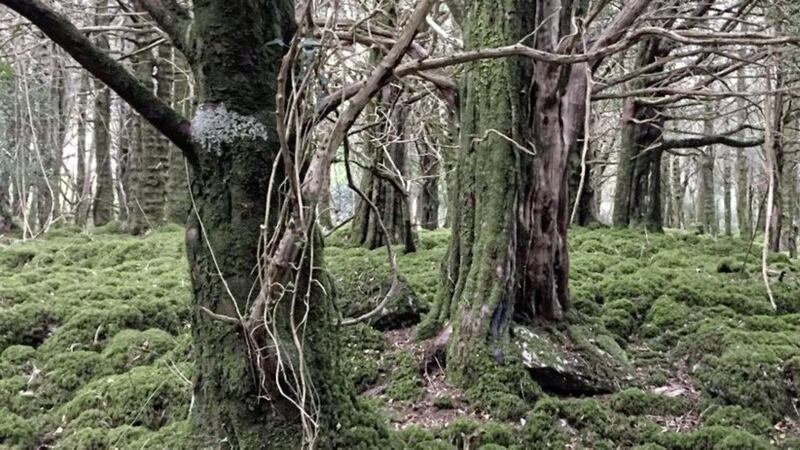THE Irish word seachrán has a subtle meaning that can be translated into English as either ‘wandering’ or ‘straying’. Depending on the context, it can suggest travelling with an open mind to see where you end up, or as having taken a wrong turn and got lost.
In other combinations, seachrán can mean delusional or ‘out of your wits’.
Although it hasn’t made it into any official English dictionaries yet, the word ‘coddiwomple’ has a similar dual interpretation. It is a relatively new slang word which means ‘to travel in a purposeful manner towards a vague destination’.
Like seachrán, it can be used in the physical sense of going for a walk or in a more abstract sense – I am coddiwompling my way through life.
More often that not our countryside and coasts are signposted, with arrows, painted yellow, red, blue or green, pointing walkers along a particular trail.
Mountain trails are clearly defined and often with good reason – nobody wants a stray walker coddiwompling over a precipice.
I am a serial coddiwompler and will often take off over a stretch of open ground or climb a hill ‘to see what is there’. However, I am less inclined to do so now in the mountains as it has led me into a couple of hairy situations in which I found myself far too close to a sheer cliff face or knee-deep in bogland.
Anyone who has walked in the Mournes will know how easy that is to do. Even the most popular tracks run close to plunging scars of rock.
However, on lower ground I am still, in the wandering sense of ‘seachrán’, inclined to take off at a whim from a well-signposted path across country or into a forest.
More often than not it is a rewarding experience that can bring you along a little-explored walkway or into the heart of a woodland. However, on occasions I have ended up vowing never to leave the marked trails again.
There are miles of clearly marked paths through the National Park at Muckross, just outside Killarney, that will take you through woodland, along loughshores and into the mountains.
But there is something particularly haunting about walking through the yew forest at Reenadinna, which lies on a peninsula between Lough Leane and Muckross Lake.
The yew tree was a symbol of death and rebirth for our ancestors, which is why you will often see them in graveyeard – they are also poisonous to domestic animals and were often planted close to religious sites to prevent herders driving their flocks over them.
But a whole woodland of yews is a rare sight and for a coddiwompler it was too much temptation to stick to the path and not wander in among them.
Before long I was surrounded on all sides by close-growing gnarled yews whose roots twisted in amongst the crevices of the moss-covered limestone landscape.
There was little shrubbery as the trees are so dense that almost no sunlight filters through.
Eventually I found myself on the shore of one of the loughs and turned back to try and find the proper trail. As I pushed through the surreal landscape I startled a couple of diminutive Sika deer, but 15 minutes later I was back on the shores of the lough.
I tried again but this forest was playing with me and again I ended up back where I didn’t want to be. I tried to keep to the shore of the lough, but the rocks and trees forced me back inland and again, hopelessly lost.
For two hours I was a missing man in this increasingly sinister landscape until by pure chance I stumbled back on to the trail – a living definition of ‘seachrán’ in the ‘out of my wits’ definition of the word.


